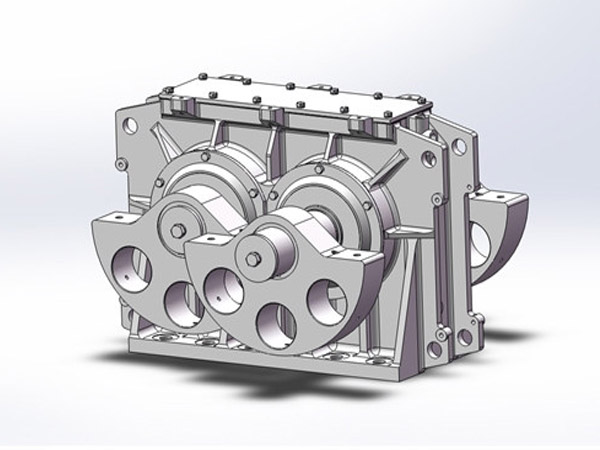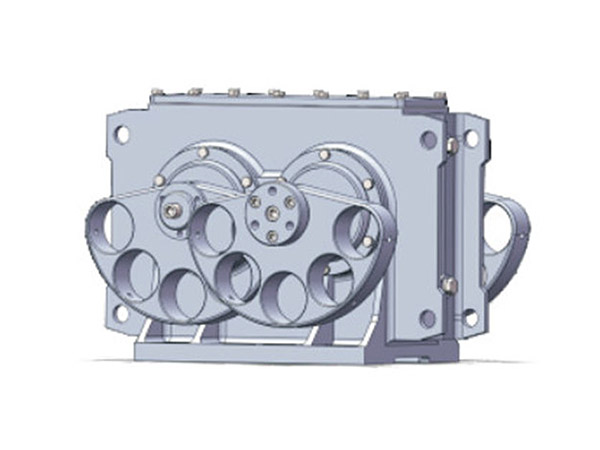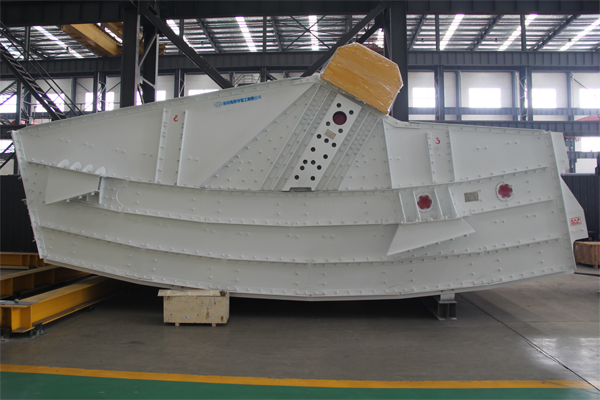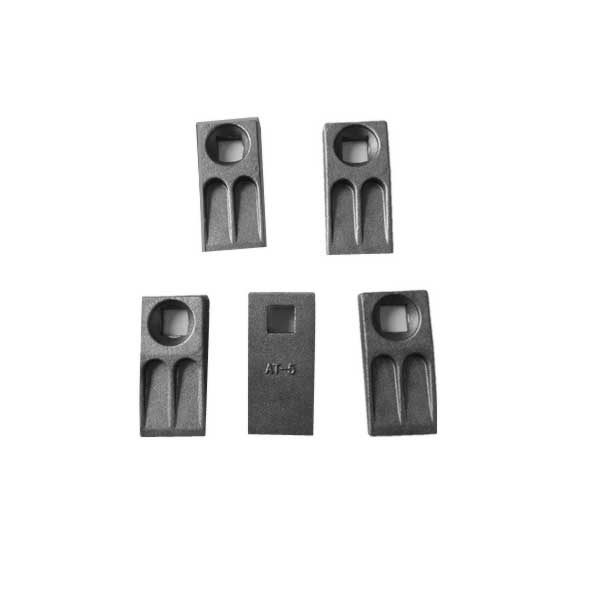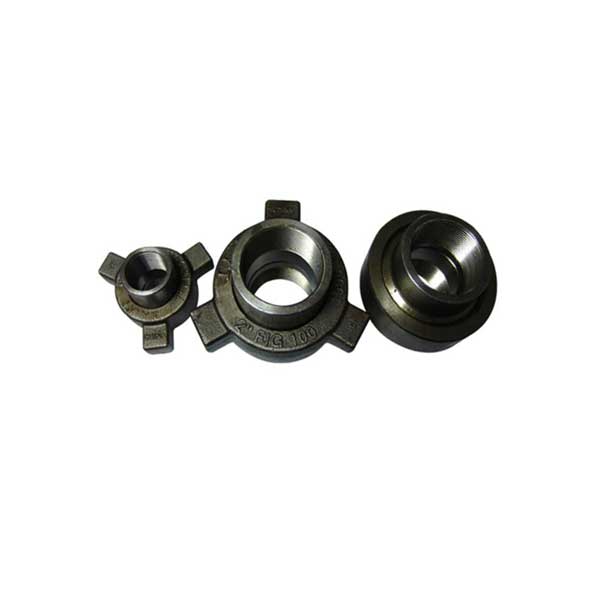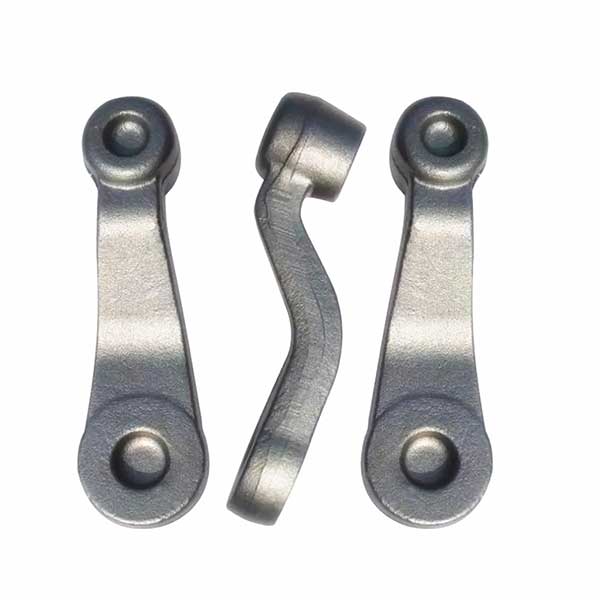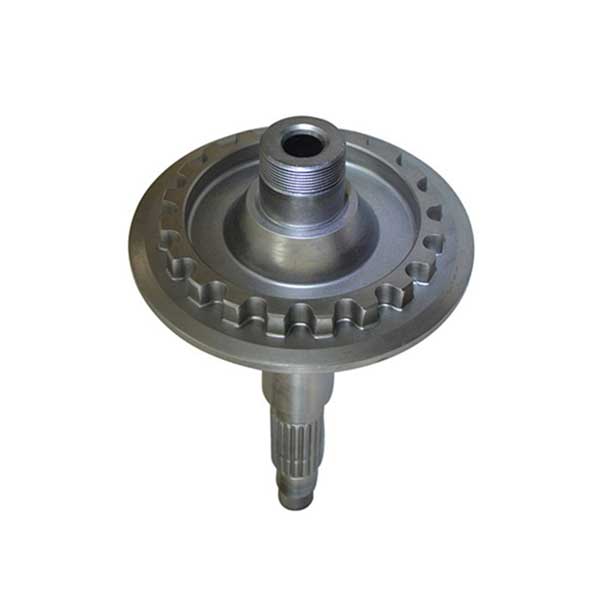The working principle of a horizontal screen, also known as a horizontal vibrating screen, revolves around the concept of mechanical vibration and motion to separate, classify, and convey materials. Horizontal screens are commonly used in industries such as mining, construction, aggregate processing, and more for tasks like sizing, dewatering, and scalping of various materials.
The working principle of a horizontal screen:
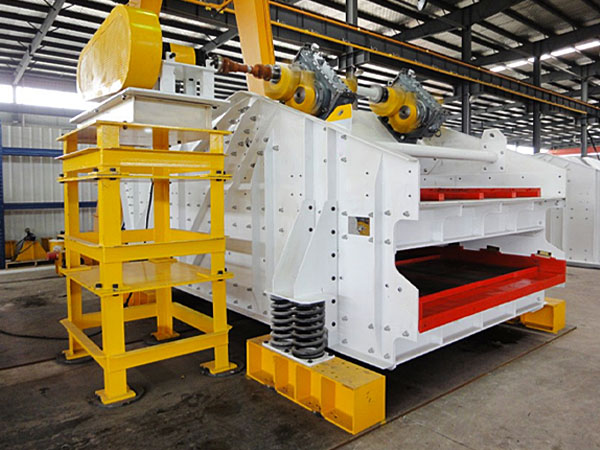
1. Structure: A horizontal screen consists of a rectangular or slightly inclined box-like structure called a “deck.” The deck is mounted on a frame and is typically equipped with multiple screen layers or decks stacked on top of each other.
2. Vibration Mechanism: Horizontal screens use a vibration mechanism to generate the necessary motion for material separation. This mechanism is usually provided by one or more vibrators mounted on the sides of the screen. These vibrators generate oscillating or circular vibrations that cause the screen deck and the material on it to vibrate.
3. Material Loading: The material to be screened is fed onto the screen deck from the top or one end. The material spreads across the width of the deck, forming a thin layer.
4. Separation: As the screen deck vibrates, the material experiences a combination of vertical and horizontal motions. The vertical component lifts the material, allowing smaller particles to pass through the gaps in the screen mesh or openings. The horizontal motion propels the material forward along the deck.
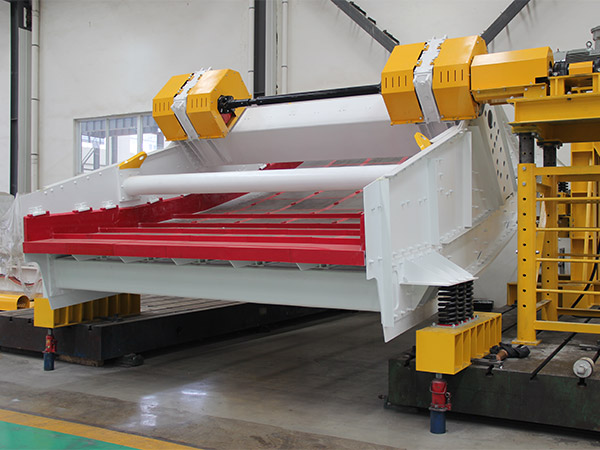
5. Sizing and Classification: Depending on the size of the openings in the screen mesh, particles that are smaller than the openings will fall through and be collected as undersize material, while particles larger than the openings will remain on the screen and be collected as oversize material. This process classifies the material into different size fractions.
6. Decks and Multiple Layers: Horizontal screens often have multiple decks or layers of screens stacked on top of each other. Each deck may have different screen mesh sizes to further refine the material into different size categories.
…
For more detailed information about the working principle of the horizontal screen, click to visit: https://www.hsd-industry.com/news/horizontal-screen-working-principle/

